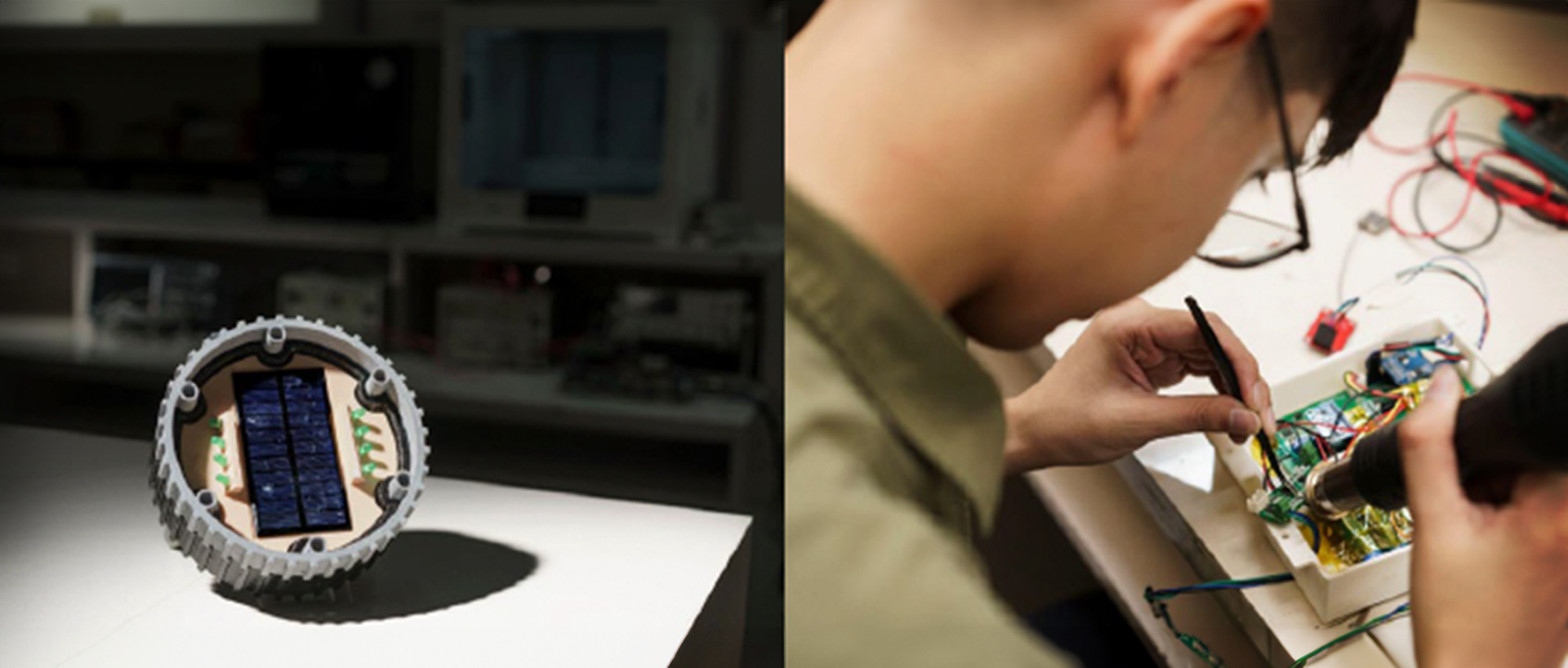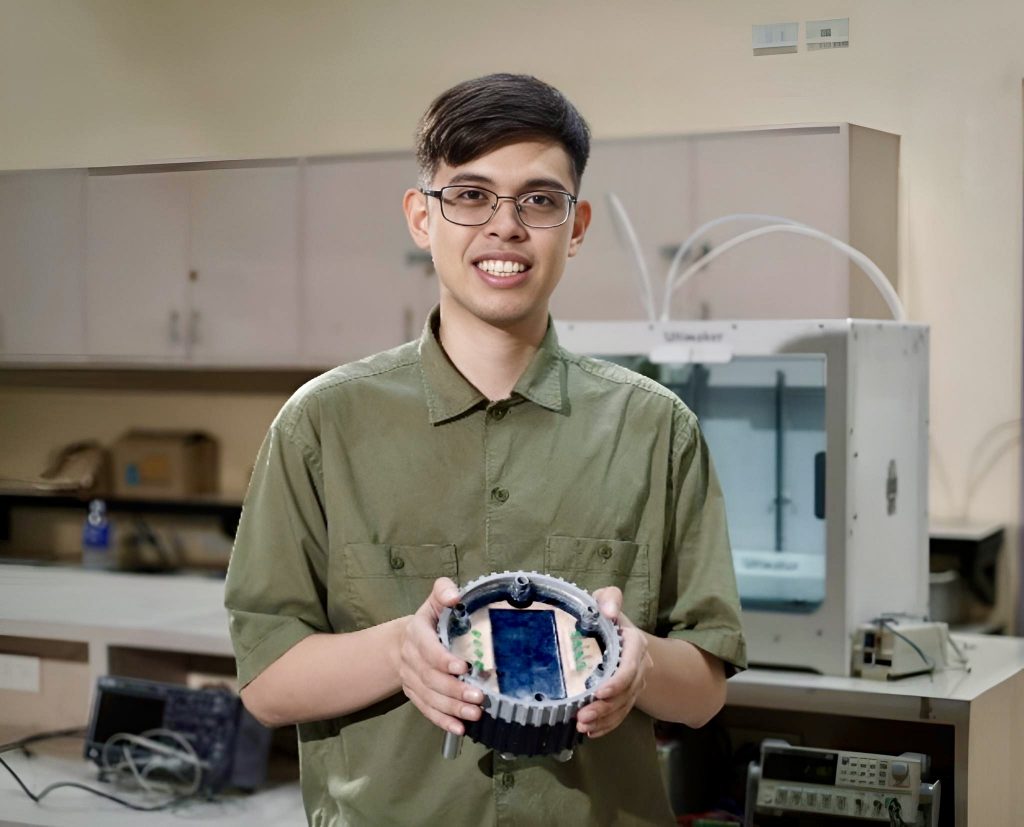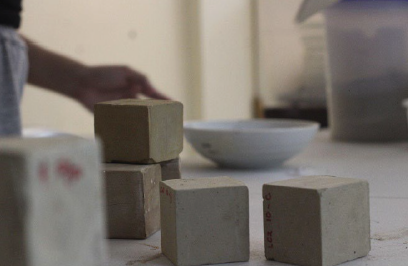RAMUN: “See the Unseen” Wins the National James Dyson Award
Young Filipino engineer develops a groundbreaking underground monitoring system–providing real-time video feeds of the Earth’s subsurface

The Problem
This year’s James Dyson Award Philippine national winner tackles the risks that go unnoticed within the Earth’s subsurface.
Many hazards, including groundwater pollution and depletion, sinkholes, landslides, and soil liquefaction, remain hidden beneath the Earth’s subsurface.1 Additionally, the subsurface offers untapped opportunities to solve problems in water use, energy, and climate change, such as groundwater replenishment, thermal storage, and carbon sequestration.
Many metropolitan cities in the Philippines, including Metro Manila, face the dual challenges of subsidence2 and flooding, often exacerbated by the mismanagement of groundwater systems. Residents’ access to water resources is limited in Metro Manila due to restrictions on groundwater pumping and the prohibition of new well installations. While solutions exist to address these problems, they must be implemented carefully to avoid unintended consequences like pollution and soil degradation.3
These risks were tragically evident during Typhoon Enteng, which triggered widespread flooding and devastating landslides in Metro Manila.4 This recent event highlighted the urgent need for better monitoring and management of subsurface conditions.
Joseph Aristotle de Leon, a Manufacturing Engineering student from De La Salle University-Manila saw that the design of existing technologies had lower efficacy when used in areas like urban cities, making it less versatile. Inspired by these risks and potentials under our feet, RAMUN was created to be an underground monitoring system that provides a 24/7 video feed of events happening below the Earth’s surface.

The Invention
“See the Unseen” – RAMUN (Resistivity Acquisition and Monitoring of the Underground), a groundbreaking underground monitoring system, offers a real-time video feed of the Earth’s subsurface. Unlike traditional methods, RAMUN can be easily deployed in any environment, providing valuable insights for engineers, decision-makers, and environmentalists.
As a member of the university’s research team developing underground imaging equipment, de Leon was inspired to create RAMUN to address the limitations of existing technologies. De Leon’s innovative design addresses the challenges of traditional systems, particularly in urban areas.
RAMUN can seamlessly integrate into various settings, from construction sites to sensitive ecosystems. The ability to access real-time information about the subsurface is essential for mitigating hazards and optimising the use of underground resources. In a world facing resource scarcity, RAMUN offers a sustainable solution by enabling us to explore and manage these valuable assets efficiently.
De Leon adds, “RAMUN allows us to explore the resources beneath the earth’s surface and ensure that they are used sustainably and properly to maximise their benefits for the masses.”
This non-invasive approach ensures minimal disruption to daily life while delivering crucial data for informed decision-making.
RAMUN takes home ₱348,000 from the James Dyson Award national prize, to support its next steps in development– working reliably in a real-world setting. De Leon hopes that a working RAMUN system can soon be installed in an urban environment, which could spark further installations in other areas. Furthermore, RAMUN aims to foster a community of innovators and advocates who can utilise this technology to educate and inspire others. By raising awareness about the importance of our underground environment, RAMUN hopes to spark a wave of new inventions, solutions, and policies that will optimise the use of our valuable subsurface resources.
De Leon says: “It is an honour to have my hard work and effort in creating RAMUN be recognised. I hope that being the Philippine National Winner of the James Dyson Award will help make RAMUN a reality, with its sensors placed on every road, parking space, and open space, allowing people to understand what happens in our subsurface 24/7.”
Dr. Enrico C. Paringit (Executive Director of the DOST-PCIEERD), James Dyson Award Philippines National Judge says: “RAMUN is a revolutionary device offering real-time monitoring of subsurface conditions. This innovation is crucial for urban and developing areas, to prevent potential disasters, thereby reducing damage and saving lives. Having RAMUN be recognised by the James Dyson Award highlights the importance of matching environmental challenges with cutting-edge solutions, and is a testament to the impact of innovations which create safer, more resilient communities.”
The Runners-Up

GeopolyCement
Problem: The Philippines, a vulnerable archipelago, faces a growing climate crisis. Frequent typhoons, rising sea levels, and other extreme weather events pose a significant threat to our communities and ecosystems. This urgent crisis is fuelled by global greenhouse gas emissions, including those from the cement industry. The rapid urbanisation of the Philippines has led to a surge in cement consumption, exacerbating the industry’s contribution to climate change.
Solution: Created by Ynna Nichole Ilogon and Rodel Jr. Remolana, GeopolyCement offers a low-carbon and more cost-effective alternative to traditional cement, providing adequate strength and integrity while addressing the pressing issue of CO2 emissions in the construction industry. GeopolyCement is made entirely from agro-industrial waste and pozzolan materials, refined by varying the silica-alumina ratio and alkali activator concentration. Moreover, GeopolyCement’s lightweight foamed concrete can provide better thermal insulation, potentially lowering energy costs for buildings.

Fire GeoPrimer
Problem: The Philippines faces a dual challenge: the increasing frequency of devastating fires in wood-based structures and the environmental impact of agro-industrial waste disposal. Wood remains a popular building material in the country, despite its high flammability, leading to a surge in fire incidents, particularly in residential areas. Additionally, agricultural waste, especially from agro-industrial sources, often ends up as pollution.
Solution: Created by King Zhytt Driz and Alonzo Gabriel Limocon, Fire GeoPrimer is a geopolymeric intumescent flame-retardant primer coating for wood applications, using nanosilica and aluminium from agro-industrial waste and clay. It provides better fire resistance and protection for wooden structures, while also being sustainable and eco-friendly. It also provides a surface for paints to hold onto.
James Dyson Award
The James Dyson Award is an international design competition that inspires and celebrates the next generation of design engineers. The Award operates across 29 countries this year and has supported over 400 problem-solving inventions with over ₱4.8m in prize money. It is run by the James Dyson Foundation, Sir James Dyson’s engineering-education charity.
RAMUN, GeopolyCement, and Fire GeoPrimer will progress to the next stage of the James Dyson Award, with the international Top 20 shortlist to be announced on 16th October, selected by Dyson engineers, and the global winners on 13th November, chosen by James Dyson.
The post DLSU grad wins James Dyson Award appeared first on De La Salle University.

0 Commentaires